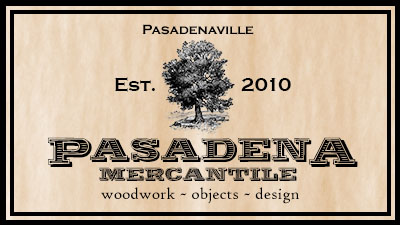Hook, Line & Sinkers
A beautiful example of a sinker cypress slab. Look at that grain!
A great article came out in this morning's LA Times profiling a very little known but highly desirable wood that can easily command prices in the 5-figure range. But it's not wood that you can just cut, kiln-dry and then fashion into a table or instrument. No, with this type of wood you have to drown it at the bottom of a river then wait over a hundred years. These are logs, usually pine or cypress, that were cut in the late-1800's and "lost" during the harvesting when they were moved on the rivers to their mill destinations. This was actually a common occurrence and the ones that broke loose from the main batches just floated away and many eventually sank to the river bottoms.
Today, there are a few people who hunt these type of logs and the rewards can be huge. The look and patina of slabs that come from these sinkers is something that is marveled. I have never had the chance to work on this type of wood, but I've been fortunate enough to see finished slab tables that came from sinkers and the end-results is nothing short of amazing. If you've seen what weather and time can do to copper you can get an idea of what one-hundred years underwater can do to wood. The grains are outlined in a way that just stand out and and the gradients on some of these slabs from the outside towards the middle can be amazing. I hope sometime in my lifetime I'll be luck enough to get my hands on a sinker log or slab and create something beautiful.
1800s-era sunken logs are now treasure [Los Angeles Times]
